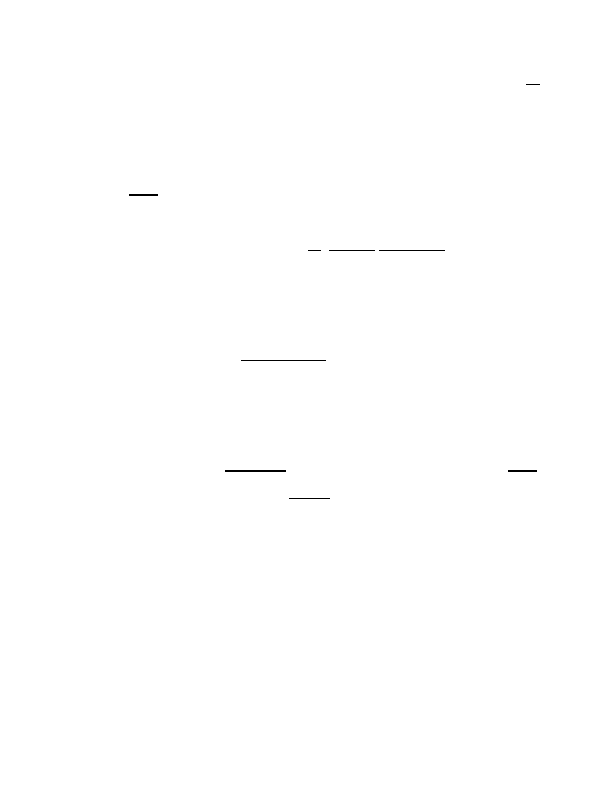
“Our recent holdings . . . stand for no more than these long-established principles.” Id.
at 185.
This point deserves repetition. The Supreme Court stated that all of the
transformation and machine linkage explanations simply restated the abstractness rule.
In reading Diehr to suggest a non-statutory transformation or preemption test, this court
ignores the Court’s admonition that all of its recent holdings do no more than restate the
natural laws and abstractness exclusions. Id.; see also Chakrabarty, 447 U.S. at 310
(“Here, by contrast, the patentee has produced a new bacterium with markedly different
characteristics from any found in nature and one having the potential for significant
utility. His discovery is not nature’s handiwork, but his own; accordingly it is patentable
subject matter under § 101.”); Parker v. Flook, 437 U.S. 584, 591-594 (1978) (“Even
though a phenomenon of nature or mathematical formula may be well known, an
inventive application of the principle may be patented. Conversely, the discovery of
such a phenomenon cannot support a patent unless there is some other inventive
concept in its application.”); In re Taner, 681 F.2d 787, 791 (C.C.P.A 1982) (“In Diehr,
the Supreme Court made clear that Benson stands for no more than the long-
established principle that laws of nature, natural phenomena, and abstract ideas are
excluded from patent protection.”).
The abstractness and natural law preclusions not only make sense, they explain
the purpose of the expansive language of section 101. Natural laws and phenomena
can never qualify for patent protection because they cannot be invented at all. After all,
God or Allah or Jahveh or Vishnu or the Great Spirit provided these laws and
phenomena as humanity’s common heritage. Furthermore, abstract ideas can never
2007-1130 5

